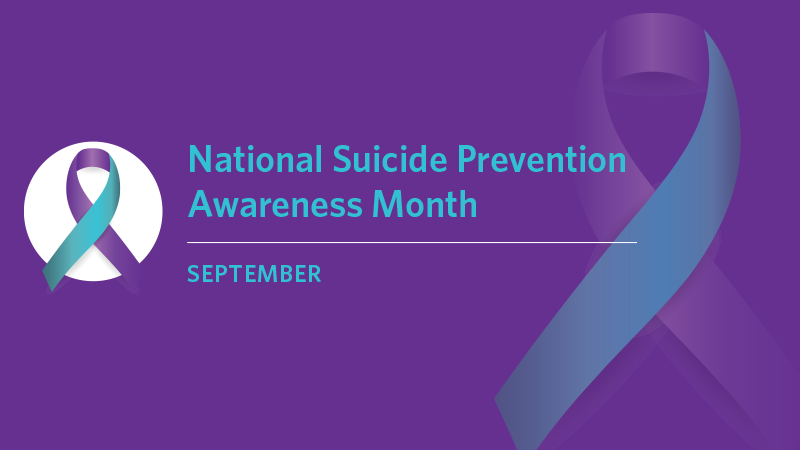A Silent Problem and Lack of Awareness
Although it may seem obvious that a hospital or health system would want its surgeons to have a comfortable, sustainable working environment, women surgeons often hesitate to bring their concerns to leadership.
“As a woman, you don’t want to seem like a complainer,” Dr. Tejirian said. “If you repeatedly ask for a tool that makes only your job easier, you don’t want to be seen as ‘high maintenance.’ You feel like if you say to your team or administration, ‘Find the laparoscopy inserts to make the case easier for me,’ that people would take notice, especially when you are the only woman surgeon in the department. So, you make do with what you have, especially early in your career.”
And those decisions made early in a career can have long-term consequences, according to Dr. Bohl. “As a resident, you operate in the ergonomics settings of your senior attending, and if there’s a big size mismatch that affects your positioning, after 5 years of residency it can wear on you physically,” she said. This situation can lead to small but repetitive injuries that a young surgeon may not notice immediately but that can add up over years and make a substantial difference in later pain or injury.
These concerns raise another issue for women surgeons. “We ask ourselves, ‘Do we really belong?’” Dr. Lal said, suggesting that this is an extension of an issue with diversity, equity, and inclusion in the OR. “The OR has traditionally not been an inclusive environment, and if we want to make it an inclusive environment, we absolutely need to look at instrument design. The tools are unfavorable to an entire population of surgeons who need to contort their hands or adapt to using the instruments, which puts them at a higher risk of injury,” she said.
In many ways, ergonomic challenges arise from a lack of awareness that lacks visibility from the very start of surgical training.
“When I was in physical therapy, I was told, ‘All surgeons have problems in that area of the neck,’” Dr. Tejirian said, and her therapist explained that she was turning her neck in a way it was not meant to turn for extended periods and putting considerable strain on the area when she retracted heavy body parts. But this was the first she had ever heard of any ergonomic concerns that would end up cutting her career short. “Why had I never heard about this before? I was never told about it in training. Medical schools and hospitals were not training residents in ergonomics. We don’t focus on it. The surgeon’s health is always put as secondary, even if the answer is something as simple as properly repositioning tables and monitors in laparoscopic procedures,” she said.
Indeed, the lack of focus on ergonomic issues for surgeons was the impetus for the creation of the Society for Surgical Ergonomics. Dr. Lal, the society’s current president and one of its founders, became aware of the need for education and information when she participated in a Twitter chat with the Association of Women Surgeons, during which she discussed the addition of surgical ergonomics to the resident training curriculum at her institution.
“After that, I received a lot of messages saying, ‘We’re all experiencing pain, but no one is talking about it,” Dr. Lal said. She used Twitter to create an interest group, and the society was eventually created in 2021 when a group of surgeons, human factors experts, and other stakeholders came together.
As reflected in the predominantly female composition of the society’s leadership, women had a distinct interest in ergonomics, and Dr. Lal suggests many wellness programs and initiatives in surgery are often led by women because they are more apt to talk about well-being deficiencies.
Positioning for Solutions
The ergonomic challenges women surgeons face are becoming clear, and with attention now being paid to healthcare worker well-being on both the professional and larger public stages, the time is right for the field of surgery to find solutions. And in a comparable way that the reasons for women surgeons’ ergonomic issues are multifactorial, so too are the potential solutions, which range from physical, to mechanical, to cultural.
Improving Physical Strength
For Dr. Tejirian, one solution comes in recognizing that while instrumentation, environment, and positioning are critical components of preventing operating injuries, a surgeon’s basic physical strength cannot be neglected.
“For me, what I think surgeons need is nonnegotiable time to train their bodies to operate,” Dr. Tejirian said. “You need to have your body in very good shape, since it’s in a certain position for hours and you’ll need to twist it.” She suggests that, in the same way that surgeons usually are afforded dedicated time to address other nonoperative elements of the job, such as education or meeting with patients, there should be an expectation for dedicated time to train one’s bodies. “You can maximize ergonomics, but that has its limits if it isn’t supported by a strong body. And women genetically just need to work on physical strength more. We need to work out more consistently to be able to maintain that athletic status. Distributing our strength in the correct ways is part of our job,” she said.
ACS Surgical Ergonomics Clinic
Regardless of a surgeon’s personal experience with operating-related pain or injury and their adjustments to compensate, there is value in having an expert provide an individualized ergonomic assessment for any practicing surgeon. Such consultations can and should take place within a hospital or practice, but surgical education organizations, such as the ACS, can assist their members in understanding the importance of ergonomics.
To that end, through the work of its Surgical Ergonomics Committee, the ACS will host its first Surgical Ergonomics Hands-On Clinic for practicing surgeons and surgery residents at Clinical Congress 2022 in San Diego, CA. The clinic will feature three simulation stations with open, laparoscopic, and robotic surgery equipment to offer a hands-on learning experience in surgical ergonomics.
Ergonomic coaches will help participating surgeons learn about recently established ACS Surgical Ergonomics Recommendations and apply the recommendations in a simulated environment at each station. In addition, a certified physical therapist will share different stretching exercise protocols that can be implemented in the operating room, between cases, or at home. The clinic is the first step in an overall plan to positively address the ergonomic challenges surgeons experience, and its placement in the Exhibit Hall, among surgical device industry representatives, hopefully will spur action in creating more inclusive instrumentation that will meet the needs of women surgeons.
According to Gyusung Lee, PhD, the ACS staff leader of the Surgical Ergonomics Committee and an experienced surgical ergonomics researcher, “The committee is very interested in the topic of ergonomics for women surgeons and wants to deliver recommendations to industry partners.” Ideally, bringing awareness of the issue to industry will result in an increased range of tool design that will meet the needs of surgeons who fall outside the traditional average male’s size and strength.
Culture Change for Lasting Solutions
Long-lasting solutions for women surgeons will be found not in preventing or addressing an individual practitioner’s operating conditions, but rather in changing the culture of healthcare institutions and the field of surgery.
“We need to address the equipment, but also the culture,” Dr. Lal said. “We need to get our hospital leaders to understand that pain affects not just productivity for surgeons, but it also has a detrimental effect on their quality of life, their ability to teach, their well-being, and the quality of care they provide.”
For women, part of changing the culture will come through growing the representation of women leaders, as they will be able to lend an empathetic ear to their colleagues’ concerns.
“Having women surgeons in leadership is helpful because they have experience with the same pain and ergonomic issues that you do,” Dr. Bohl said. On a smaller scale, she added that having a female attending was always a welcome experience because she could show her unique adaptations to help overcome issues of managing laparoscopic tools and positioning concerns.
But some of the most important lessons in changing culture come less through finding camaraderie among other women and more through making sure your voice is being heard. “We need to be consistent and adamant when we ask for institutional support for proper tools and education. It’s easy to make the ask, for leadership to say, ‘We can’t get that bed today, or we can’t find that tool,’ and then for the surgeon to make it work,” Dr. Bohl said. “But the more we compromise, the more we incur the individual cost or injury.”
Consistency in voicing concerns and bringing the issues of women surgeons’ ergonomic pain to the attention of system leadership is critical. “One of the things that we can do is normalize that a surgeon’s physical health and ergonomics are important,” according to Dr. Tejirian. “We need to accommodate for all demographics of surgeons and educating staff, and it should become a given that we need to maximize the OR to make sure it is ideal for both male and female surgeons.”
Ultimately, changing the culture that filters down from leadership will require acknowledging that despite being responsible for alleviating the suffering of their patients, the work that surgeons do can cause pain itself. “Pain and musculoskeletal injury are aspects of medicine that haven’t been given much attention because in surgical culture, we historically haven’t talked about our pain,” Dr. Lal said.
Women physicians often have felt that to succeed, they cannot come across as complaining about their unique difficulties. But, as Dr. Bohl notes, by continuing to talk about their ergonomic challenges, needs, and solutions, and by focusing on reducing pain for both patients and providers, women surgeons can position themselves to change their professional culture for the better.
“Every system can react differently to suggestions for improvement. They can say, ‘It’s your problem,’ or they can respond and recognize that it’s a larger problem and help address it,” she said. “Our goal is to make it so that the operating environment reduces fatigue, stress, and injury to optimize your longevity as a surgeon and optimize your patient outcomes.”











